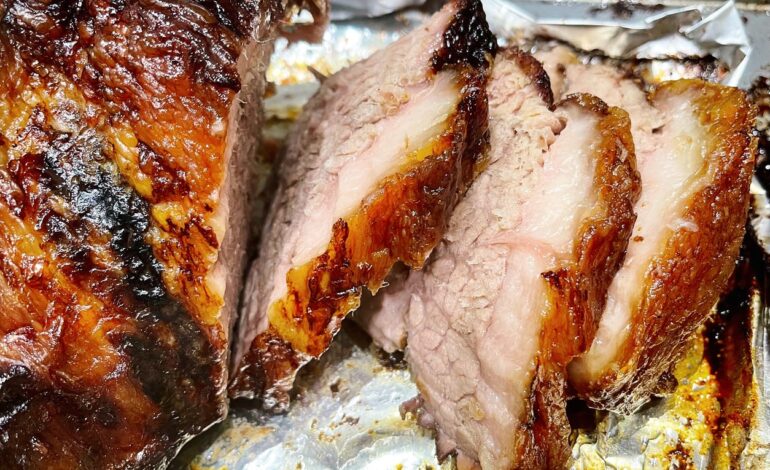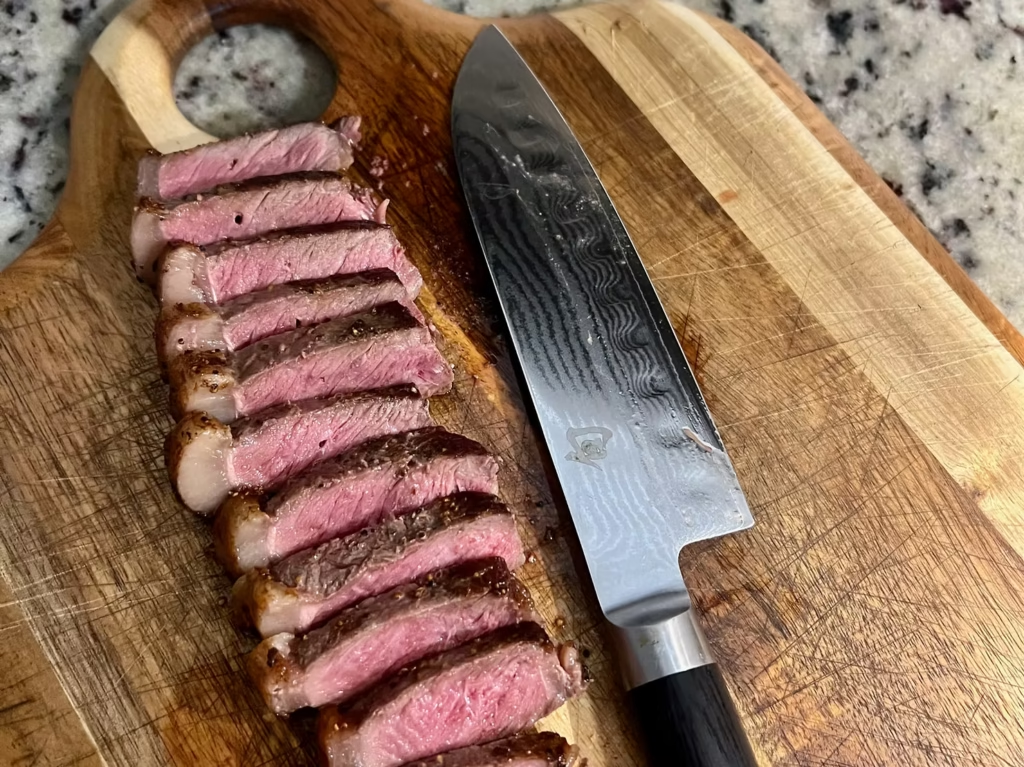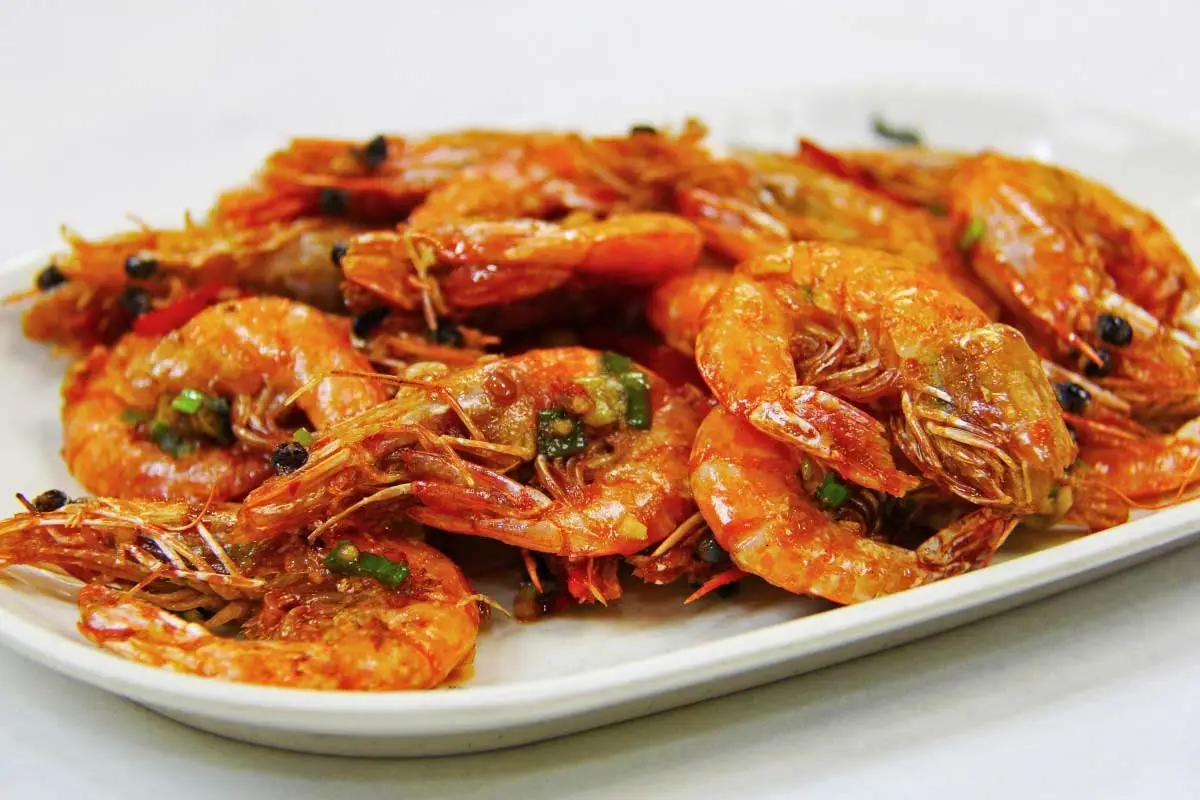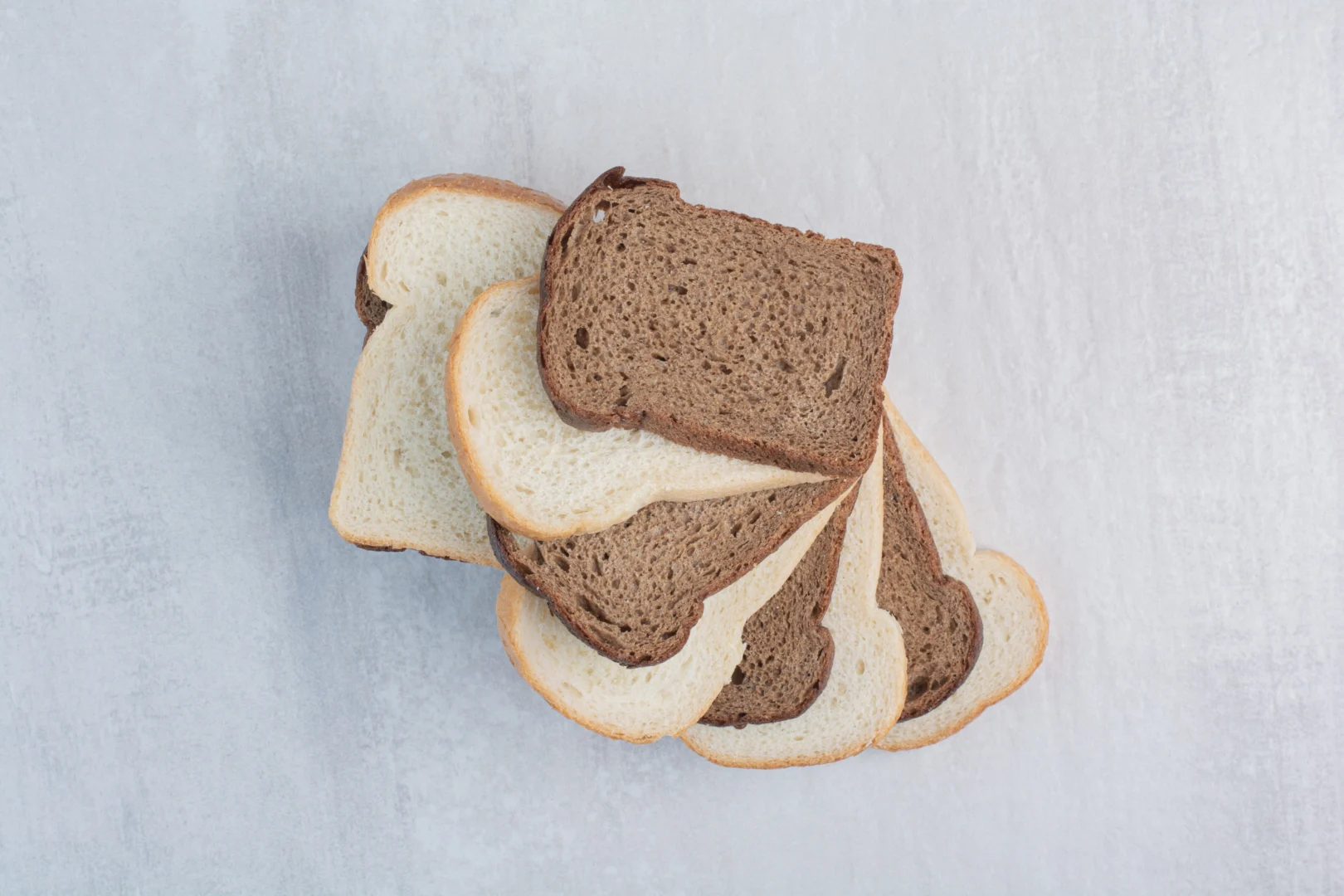The Carnivore Diet Uncovered: What to Eat, Fasting Tips, and What You Need to Know About Cholesterol and Saturated Fats
Explore the carnivore diet’s essentials—what to eat, fasting tips, and the truth about cholesterol and saturated fats. Learn how this meat-focused lifestyle can impact health, weight loss, and energy, with

When I first heard about the carnivore diet, I thought, “Just meat and eggs? That can’t be healthy.” Having tried keto with some success, I was skeptical but curious. After eight months of giving it a real shot, I can confidently say it changed my life. I lost weight, gained clarity, and experienced overall health improvements. Along the way, I learned a lot about what to eat, how meal timing works, the role of fasting, and the concerns about cholesterol and saturated fats that many people ask about.
What Should You Eat on the Carnivore Diet?
The carnivore diet is simple but specific. Here’s what your plate should look like:
- Fatty Cuts of Meat: Ribeye, brisket, chuck roast, short ribs. Fat is your primary fuel here, and marbled cuts provide energy and satiety.
- Organ Meats: Liver, kidney, heart, and other organ meats are nutritional powerhouses, packed with vitamins and minerals you won’t find as abundantly in muscle meat.
- Eggs: A great source of protein, fat, and micronutrients.
- Fish and Seafood: Wild-caught salmon, sardines, and shellfish provide omega-3 fatty acids and iodine.
- Some Dairy (Optional): Butter, ghee, heavy cream, and hard cheeses if tolerated. These add variety and fat.
- Bone Broth: Rich in collagen and gut-healing compounds, it’s a perfect addition for many carnivore eaters.
What’s off the table? No fruits, vegetables, grains, legumes, sugar, or processed foods. This eliminates many inflammatory compounds and anti-nutrients common in plant-based foods.
Should You Skip Meals or Practice Fasting?
Fasting naturally fits with the carnivore lifestyle for several reasons:
- Because the diet is high in fat and protein, it promotes satiety, so you often don’t feel hungry between meals.
- Many find their appetite regulates itself, reducing the need to eat frequently.
- Some carnivore adherents practice intermittent fasting—for example, eating all their meals within a 6-8 hour window each day.
- Others go longer between meals, sometimes skipping breakfast or having one large meal daily, often called OMAD (One Meal A Day).
Fasting on carnivore is generally easier because blood sugar stays steady and energy remains stable without carbs causing insulin spikes and crashes. For me, skipping meals occasionally helped reset my appetite and gave me mental clarity.
Can the Carnivore Diet Be Unhealthy?
This is one of the biggest questions I had — especially around cholesterol and saturated fats.
- Cholesterol Concerns: Because the carnivore diet is rich in animal fats, some worry about high cholesterol levels. The science here is complex. Many studies show that dietary cholesterol has less impact on blood cholesterol than once thought. In fact, some carnivore dieters report improved lipid panels over time. However, individual responses vary, so regular monitoring with your doctor is important.
- Saturated Fats: The diet includes high amounts of saturated fats, which historically have been linked to heart disease. But recent research suggests the relationship is not straightforward. Saturated fat can raise HDL (good cholesterol) and shift LDL particles to less harmful types. That said, if you have a family history of heart disease or existing cardiovascular issues, it’s crucial to get medical advice before diving in.
- Balance and Quality Matter: Choosing pasture-raised, grass-fed meats and avoiding processed meats can make a difference in health outcomes. The diet should not be a free-for-all on processed, fatty junk meat.

Is It Safe to Eat This Much Meat and Fat?
For most people, the carnivore diet is safe when done thoughtfully. But:
- It may not suit everyone, especially those with kidney issues or certain metabolic conditions.
- It’s essential to listen to your body and work with a healthcare provider.
- Regular blood tests to track cholesterol, kidney function, and vitamin levels are recommended.
Why Does This Diet Work Compared to the Standard American Diet?
The carnivore diet cuts out processed carbs, seed oils, sugar, and inflammatory plant compounds that dominate the Standard American Diet (SAD). By focusing on nutrient-dense animal foods, it helps reduce inflammation, stabilize blood sugar, and improve satiety — all key factors in improving metabolic health and losing weight.
My takeaway
My journey with carnivore has been eye-opening. The shift from the carb-heavy SAD to a meat-based lifestyle, combined with intermittent fasting, helped me regain control over my weight and energy levels. While concerns about cholesterol and saturated fats are valid, evidence suggests that many people thrive on this way of eating when done properly. But it’s not a “one size fits all” and requires self-awareness and medical guidance.
If you’re curious, educate yourself, start slow, and keep track of how you feel. This diet challenges traditional nutrition beliefs but may offer a lifeline for those frustrated with the failures of conventional eating advice.








